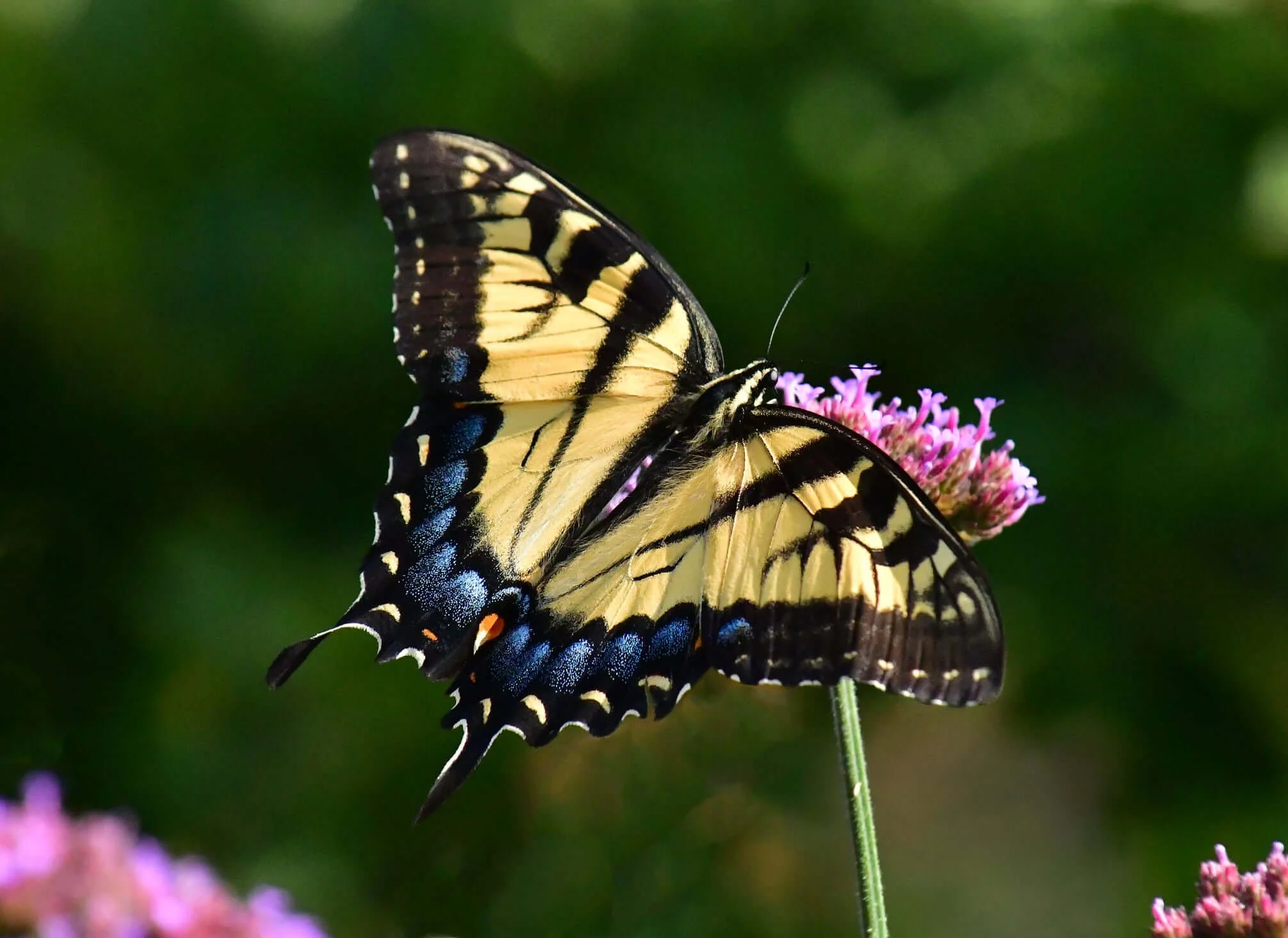Life Cycle: Perennial
Sun Exposure: Full
Soil Moisture: Medium/wet-Medium/dry
Height: 3-10 feet
Plant Spacing: 2-4 feet
Bloom Time: July-September
Bloom Color: Yellow
Advantages: Pollinator Favorite, Bird Favorite, Deer Resistant, Rain Garden, Great Landscaping Plant
Host Plant: 6 species of butterflies and moths use this as a caterpillar host plant in our area (nwf.org)
Specialist Bee: Andrena aliciae, Paranthidium jugatorium, Megachile inimical (Johnson and Colla, 2023)
Beneficial for Endangered or Threatened Species: Silphium Borer Moth (Papaipema silphii) (mnfi.anr.msu.edu), Giant Eucosma moth (Eucosma giganteana) (mnfi.anr.msu.edu), Possibly the Two-spotted Eucosma (Eucosma bipunctella) (mnfi.anr.msu.edu)
Resource: Johnson, Lorraine, and Sheila Colla. A Northern Gardener’s Guide to Native Plants and Pollinators: Creating Habitat in the Northeast, Great Lakes, and Upper Midwest. Island Press, 2023













